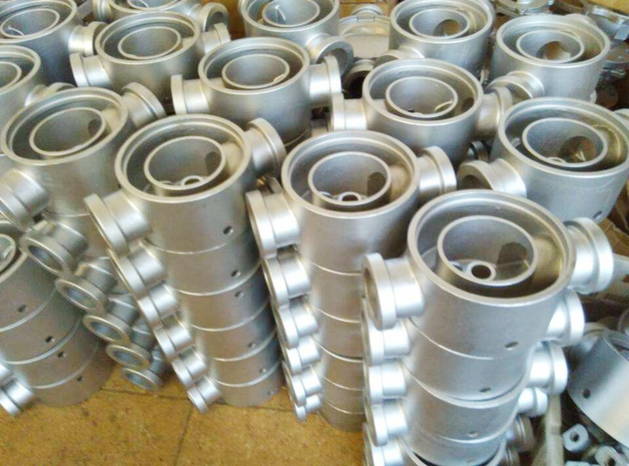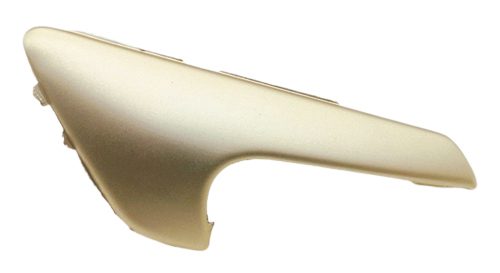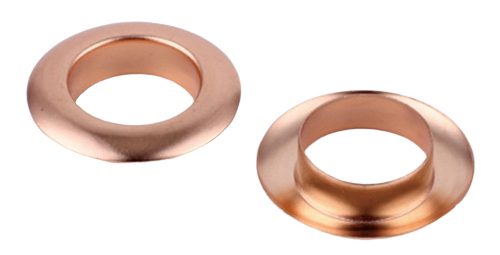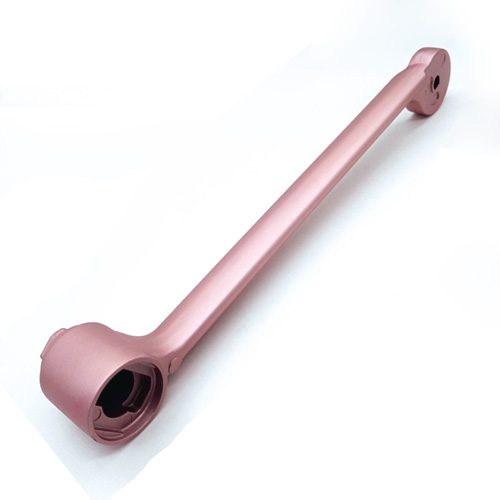
Aluminum part die casting is not only suitable for casting of various types and alloys, but also the casting size precision and surface quality produced are higher than other casting methods. Even the castings which are difficult to be cast by other casting methods are complex, high temperature resistant and difficult to process. They can be cast by investment casting. So what are the specific processes of stainless steel precision casting process?
1. Make mold according to different shape products. The die is divided into upper and lower concave die, and it is completed by the comprehensive processes of turning, planing, milling, etching, electric spark and so on.
The shape and size of the pit are consistent with the half of the product. Because wax mould is mainly used for industrial wax pressing, aluminum alloy materials with low melting point, low hardness, low requirement,
cheaper price and light weight are selected as the mould.
2. A large number of industrial wax solid core models are produced by using aluminum alloy mold. Under normal conditions, a solid core model of industrial wax can only correspond to one blank product.
3. After deburring, several single wax moulds are attached to the prepared die heads. The die is also a solid core model of industrial wax produced by wax mould.
4. Apply industrial glue to several wax moulds fixed on the die head and spray the first layer of fine sand evenly. The sand particles are small and fine, which ensures that the final blank surface is as smooth as possible.
5. The first layer of fine sand wax mold is dried naturally at the set room temperature (or constant temperature), but it can not affect the shape change of the internal wax mold. The natural air drying time depends on the
complexity of the product itself. The air drying time of the first time of the precision casting is about 5-8 hours left and right.
6. After the first sand spray and natural air drying, the industrial glue shall be applied on the surface of wax mold, and the second layer of sand shall be sprayed. The size of the second layer of sand particles shall be larger and coarse than that of the previous first layer. After spraying the second layer of sand, it is also allowed to dry the wax mold naturally under the set constant temperature.
7. After the second sand spraying and natural air drying, the third sand blasting, the fourth sand blasting and the fifth sand blasting are carried out successively. Requirements: according to the surface requirements, volume size and self weight of the products, the sand blasting times shall be adjusted accordingly. Generally, the number of sand blasting is 3-7.
The size of sand particles in each sandblasting is different. Generally, the sand in the later process is thicker than that of the previous process, and the air drying time is different. Generally, the production cycle of sand on a complete wax mold is about 3-4 days.
8. Before baking, the wax mold which has been sandblasted shall be evenly coated with a layer of white industrial latex to bond and solidify sand mold and seal wax mold, so as to prepare for the later baking process. At the same time, after baking, it can improve the brittleness of sand mold, and break the sand layer easily and take out the blank.
9. Baking process: put the wax mold fixed on the die head and complete the sand blasting air drying process into a special metal sealed oven for heating. Because the melting point of industrial wax is not high and the temperature is about 150 ℃, wax mould is heated and dissolved to form wax water flowing along the gate, which is called dewaxing. The wax mold that has been waxed is just an empty sand shell. The key to precision casting is to use this empty sand shell.
10. Baking shell: to make the wax removed shell more firm and stable, before pouring into stainless steel water, the sand shell must be baked, usually in a furnace with high temperature (the temperature is about 1000゜ or so).
11. The stainless steel water dissolved into liquid at high temperature is poured into the sand shell after wax removal. The liquid stainless steel water is filled with the space of the former wax mold forming until it is fully filled, including the middle die head.
12. Because the boiler with stainless steel will have different ingredients mixed in, the factory must check the material percentage. Then, the release is based on the proportion needed, such as adding those aspects to achieve the desired effect.
13. After the liquid stainless steel water is cooled and solidified, the outer layer of sand shell is broken by mechanical tools or manpower. The stainless steel products exposed in solid form are the shape of the original wax mold, that is, the final required blank. Then, the single blank parts will be cut, separated and roughened.
14. Inspection blank: the blank with sand holes and pores on the surface must be welded by argon arc welding, and the waste shall be returned to the furnace again after cleaning the waste.
15. Cleaning blank: the qualified blank must be cleaned.
16. Other processes shall be processed until finished products.
At Batnon, die casting is usually combined with CNC machining and surface treatment for achieving precision degree and color performance purpose in Integrated Processing.



